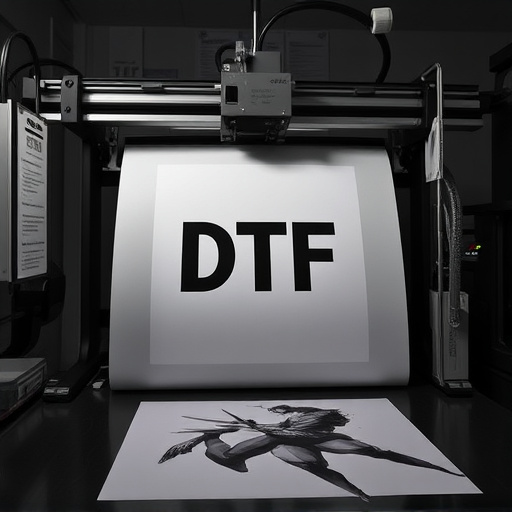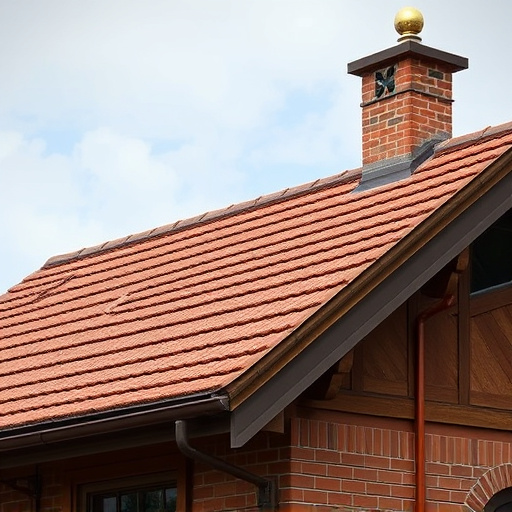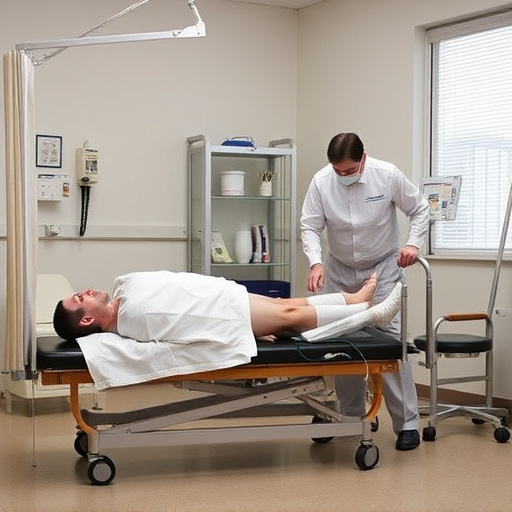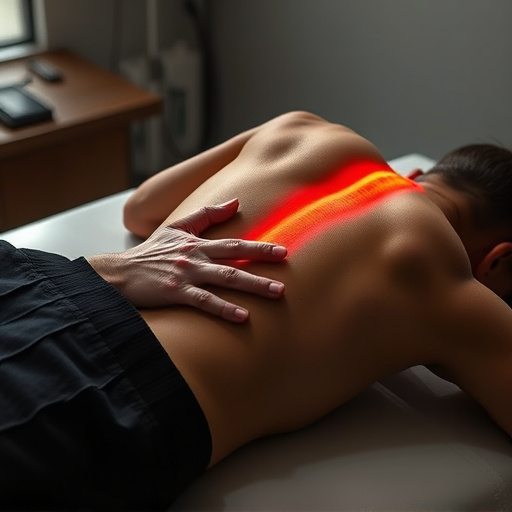Soft Tissue Shockwave Therapy (STST) is a non-invasive treatment using acoustic waves to promote healing and regenerate soft tissues, offering faster recovery than surgery or traditional methods like RICE and NSAIDs. Effective for muscle strains, tendinopathies, tension headaches, and migraines, it stimulates cells to enhance natural healing processes, providing a safer and quicker alternative without surgical risks. STST outperforms conventional treatments for musculoskeletal disorders, particularly in auto accident recovery and whiplash treatment, by targeting root causes of pain.
Soft Tissue Shockwave Therapy (STST) is gaining traction as an innovative treatment option, challenging traditional methods. This non-invasive approach leverages low-energy sound waves to target and heal damaged soft tissues, offering a promising alternative for various conditions. In this article, we’ll explore STST, delving into its mechanism, comparing it with conventional treatments, and highlighting its diverse applications.
- Understanding Soft Tissue Shockwave Therapy
- Traditional Methods: An Overview
- Comparing Benefits and Applications
Understanding Soft Tissue Shockwave Therapy

Soft Tissue Shockwave Therapy (STST) is a non-invasive treatment that utilizes acoustic waves to promote healing and regenerate soft tissues. Unlike traditional methods often involving surgery or lengthy rehabilitation, STST offers a faster and less aggressive approach. This therapy is particularly effective in addressing various soft tissue injuries, from muscle strains to tendinopathies, and even chronic conditions like headache relief for patients experiencing tension headaches or migraines.
The process involves emitting low-intensity sound waves that penetrate deep into the affected area, stimulating cells and enhancing natural healing processes. It’s a game-changer in rehab services, providing an alternative option for individuals seeking quicker recovery without the risks associated with surgery. STST has garnered attention for its ability to alleviate pain and improve function, making it a promising treatment choice for many.
Traditional Methods: An Overview

Traditional methods for treating soft tissue injuries and chronic pain have long relied on a combination of rest, ice, compression, and elevation (RICE), along with pharmaceutical interventions like non-steroidal anti-inflammatory drugs (NSAIDs). Physical therapy plays a significant role in these approaches, offering exercises tailored to strengthen muscles and improve flexibility. While effective for many, these traditional techniques often come with limitations; they may not address the root cause of pain, especially in cases of deep-seated muscle or tendon inflammation. Moreover, reliance on NSAIDs can lead to side effects, including gastrointestinal issues and potential kidney damage, prompting patients and healthcare providers to explore alternative treatments.
Soft tissue shockwave therapy emerges as a promising game-changer in this landscape, aiming to provide joint pain relief and sciatica relief without the associated risks of pharmaceuticals. This non-invasive procedure utilizes high-energy acoustic waves to penetrate deep into tissues, stimulating healing responses and reducing inflammation. As an innovative approach, it offers a more direct path to recovery for conditions that traditional methods struggle to address effectively, making it a valuable addition to physical therapy regimens.
Comparing Benefits and Applications

When comparing soft tissue shockwave therapy to traditional methods for various treatments, several key distinctions emerge. While manual therapies like spinal adjustments have long been staples in addressing musculoskeletal issues, soft tissue shockwave therapy offers unique advantages. Its non-invasive nature makes it an attractive option for patients seeking alternative solutions to pain and injury without the risks or downtime associated with surgery.
In terms of applications, soft tissue shockwave therapy has proven effective in accelerating auto accident recovery and alleviating symptoms associated with conditions like whiplash. By promoting natural healing through controlled acoustic waves, this innovative approach can stimulate tissue regeneration and reduce inflammation. In contrast, traditional methods often rely on topical treatments or injections which may provide temporary relief but do not always address the underlying causes of pain.
Soft tissue shockwave therapy emerges as a promising alternative to traditional methods, offering enhanced benefits such as reduced recovery time and minimal downtime. Its versatility in various applications makes it a game-changer in physical therapy and sports medicine. As research continues, incorporating this innovative technique into treatment plans could revolutionize patient care, ensuring faster and more effective results for those seeking relief from soft tissue injuries.














